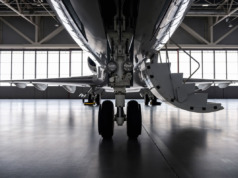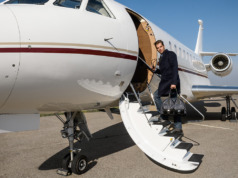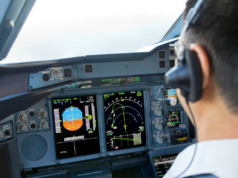
Flying on your own aircraft saves time, and provides optimal security and flexibility. When plans change or go awry, your aircraft stands ready to transport you to that next destination, or back home. But if illness or injury strikes, heading out immediately often is not your safest option. What can you do now to recognize, prevent, and prepare for those contingencies?
Before You Depart:
- Secure evacuation insurance. With aircraft standing by, many owners assume they don’t need this coverage. But using your own aircraft may not be the safest option, as explained below.
- Get a complete health evaluation. In addition to your routine annual physical by your primary doctor, if you are traveling to an exotic destination, it’s advisable to get an evaluation well in advance of your trip by a travel medicine specialist.
- Travel with a short and accurate summary of your medical records. This should include any chronic conditions or allergies, as well as the generic names of your medications.
- Get immunized. The U.S. Centers for Disease Control and Prevention (CDC) offers general guidelines for immunizations based on your destination and planned activities. Some immunizations require six weeks between doses, so plan ahead.
- Engage expert medical help to identify the key health risks at your destination, such as infectious diseases, water quality, or dangerous animals and insects. Expanding on CDC guidelines, your specific immunizations and prophylactic medications will vary, depending on your age, medical conditions, and factors such as the time of year, altitude, and even your choice of hotel (an infectious disease might be more prevalent in one area of a city than another).
- Pack medications. Bring all the medicines you will need during your trip, including extra in case of travel delays. In some locales, both prescription and over-the-counter medicines may be counterfeit or substandard. In others, your routine medications may be illegal (see “Getting In the Zone: Managing Medications When You Travel,” BAA, April 2014).
- Learn first aid and CPR. Be sure your flight crew is trained in emergency procedures. Unfortunately, such training may be absent even in the world’s best hotels and resorts. Consider if an AED makes sense for your aircraft.
- Bring a first aid kit, with both basic and destination-specific supplies, and know how to use them.
- Locate the nearest competent medical facilities, specifically emergency care, and a comprehensive trauma center.
- Unless a member of your crew not only speaks the local language, but is expert in medical translation, look into hiring such a specialist.
If You Are Injured or Feel Unwell:
- Seek an expert medical evaluation before you board. That “minor stomach bug” you picked up could hit your pilot in four hours – or it could be the first sign of something serious. That broken rib could cause a punctured lung – a potentially fatal injury, especially at altitude.
- The best solution is not always to “get back home” at any cost. Many parts of the world offer superb care, which might be closer than you think.
- Call the local medical facility before you arrive. Ideally, this call will be made by your travel medicine specialist, who can brief the staff on what you might need.
- Use the safest mode of travel. Your aircraft likely is not equipped to offer appropriate medical care by an accompanying doctor and/or nurse, nor is it able to transport you safely in a medical crisis. Unless you own an older model Learjet with clamshell doors, a stretcher cannot even make the turn into the cabin without tipping the patient to one side! Needing a stretcher is one good indication that alternate emergency evacuation transport is required.
Your aircraft keeps you on schedule and ahead of the competition. Planning ahead helps ensure that you stay in shape to enjoy those advantages. BAA
Christopher Sidford, MD, founder of Black Bag Global Emergency Medicine, is a former U.S. Navy officer who has taught and practiced emergency medicine for 25 years, from Boston and San Diego to the Arctic Circle.




